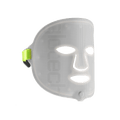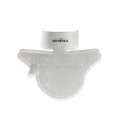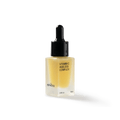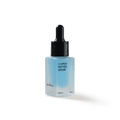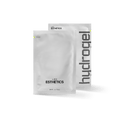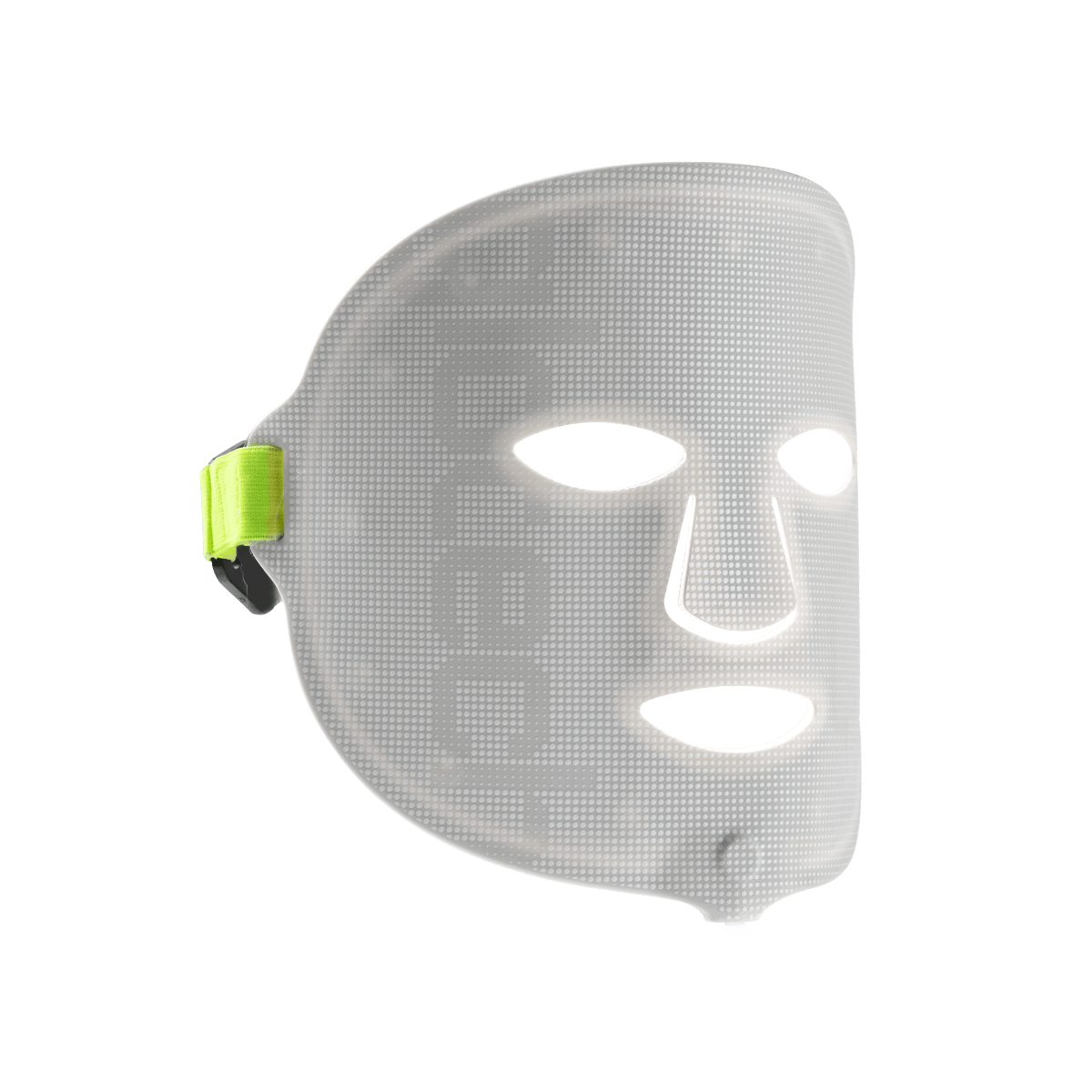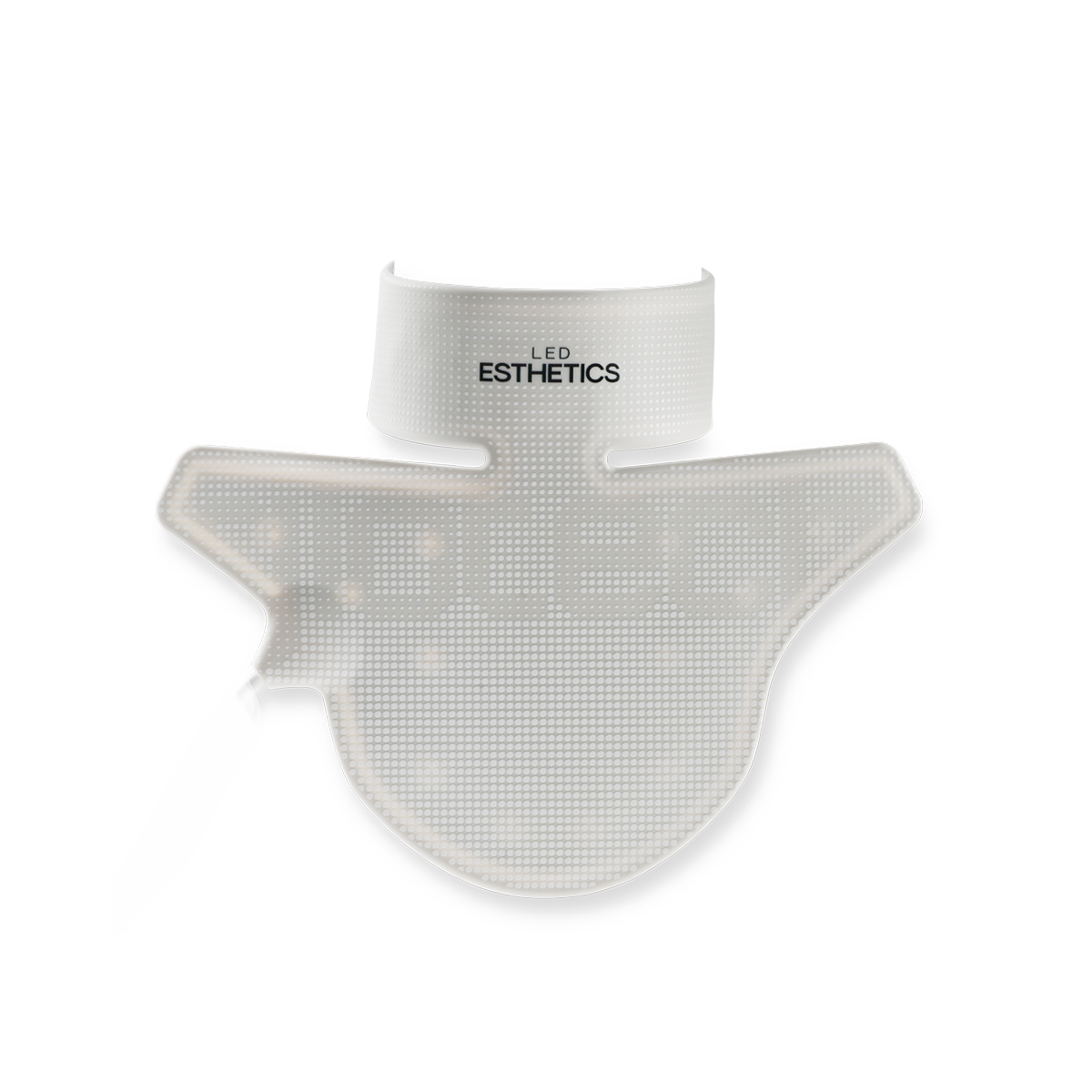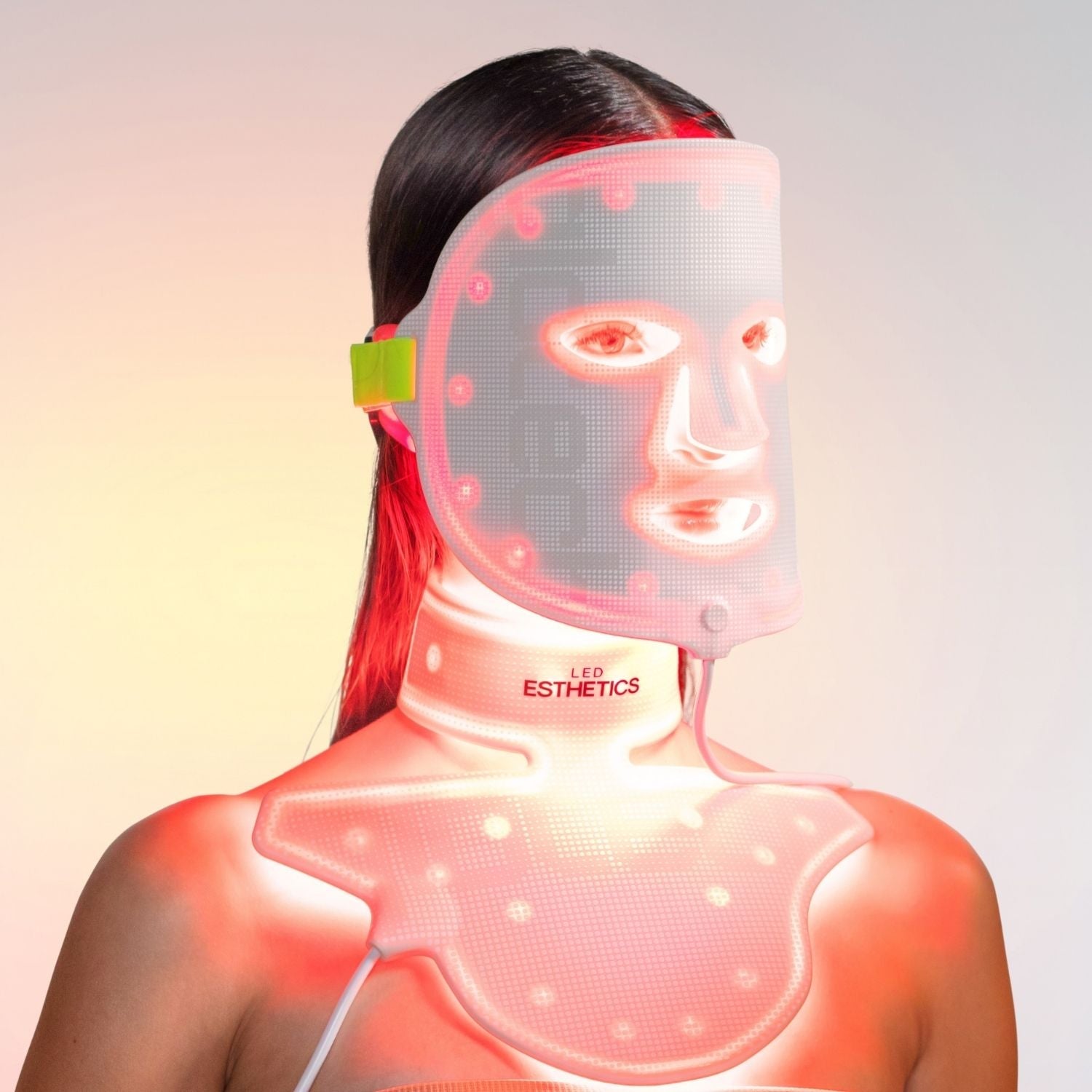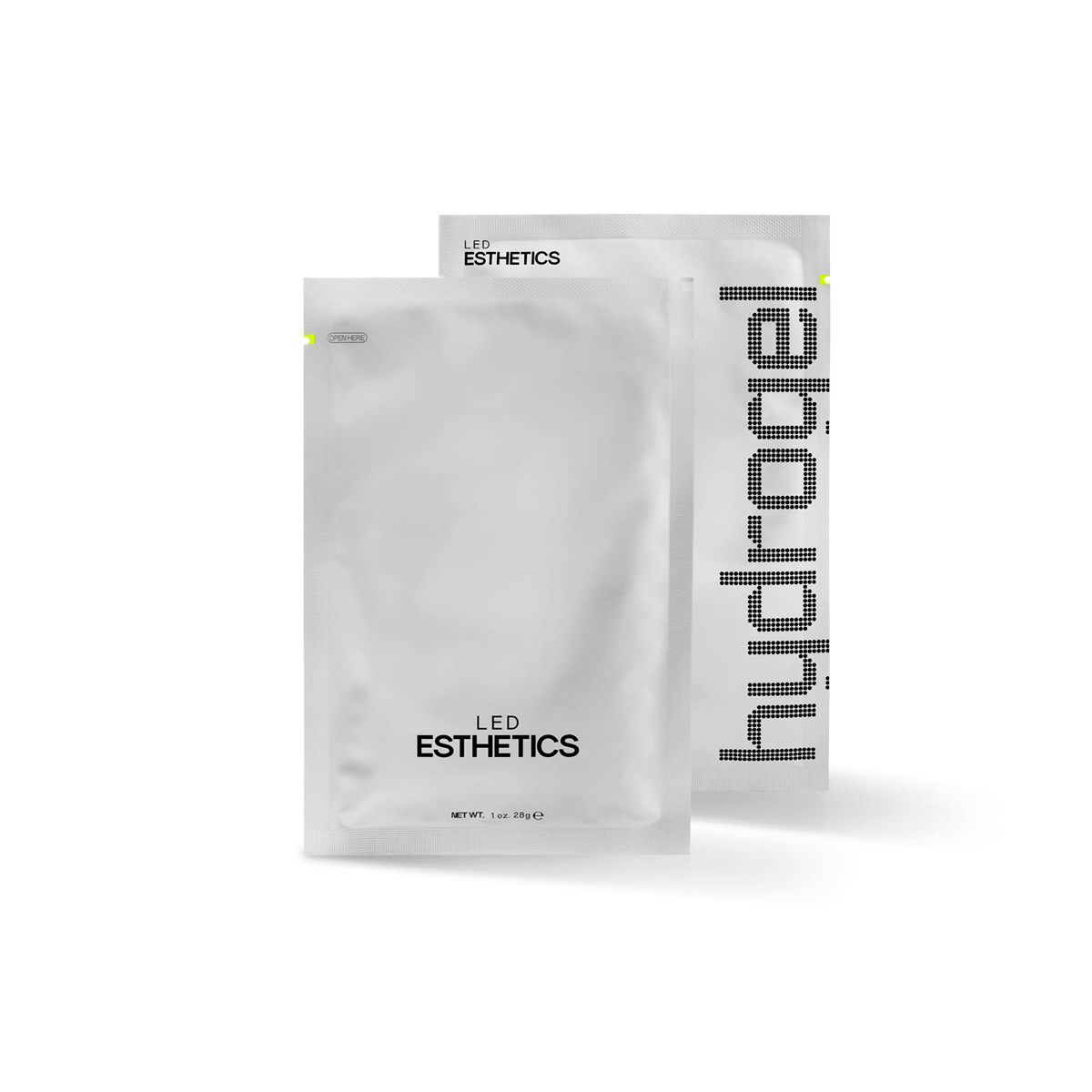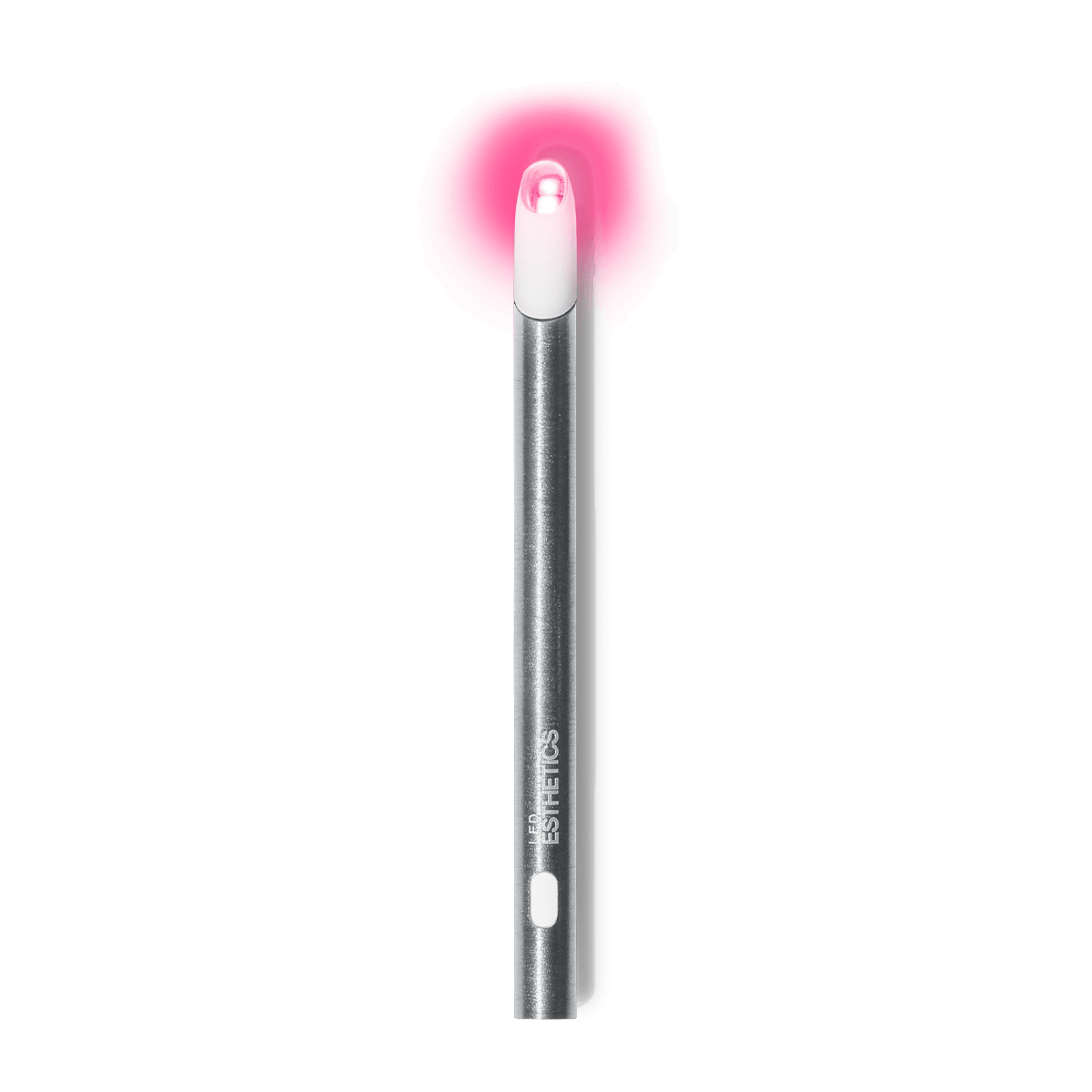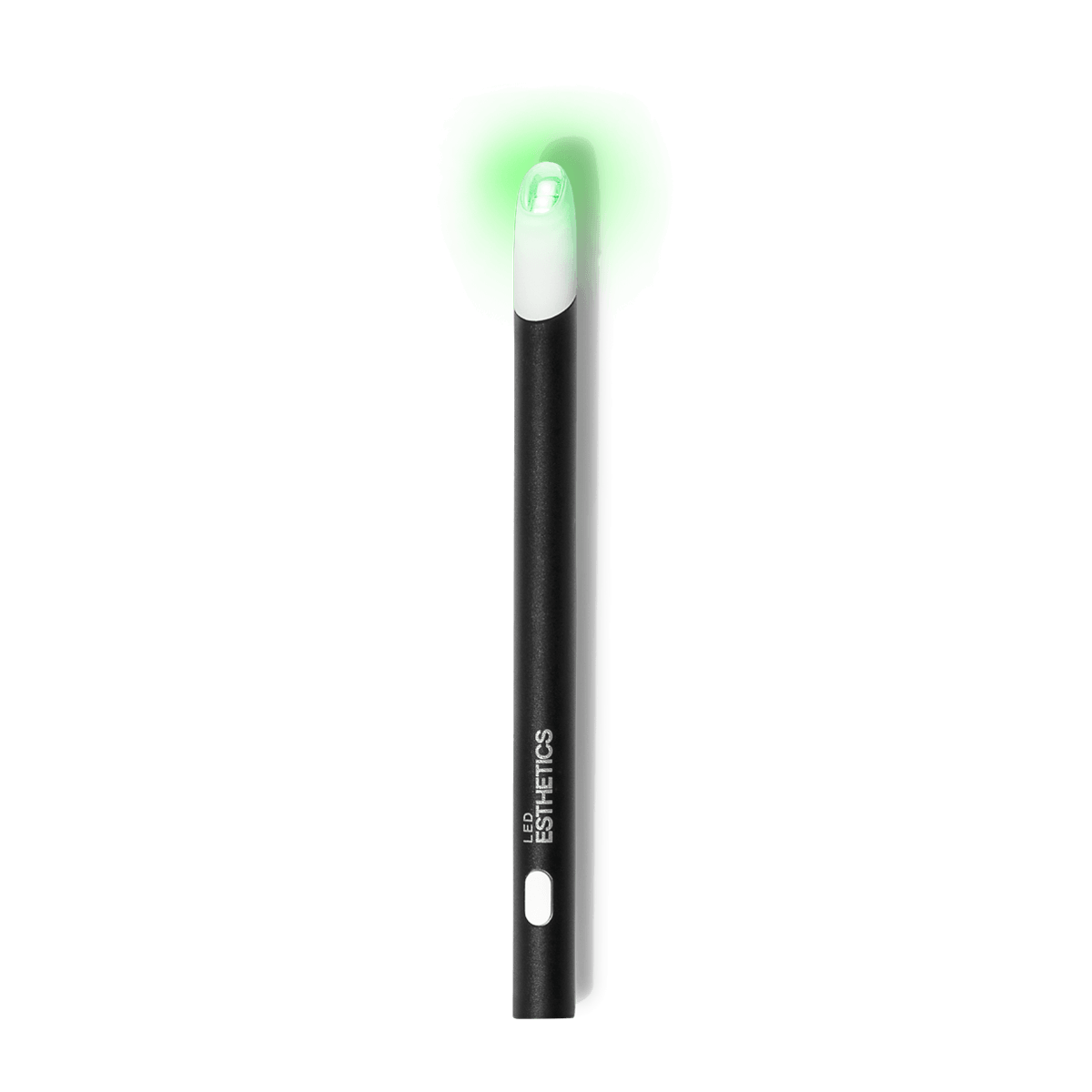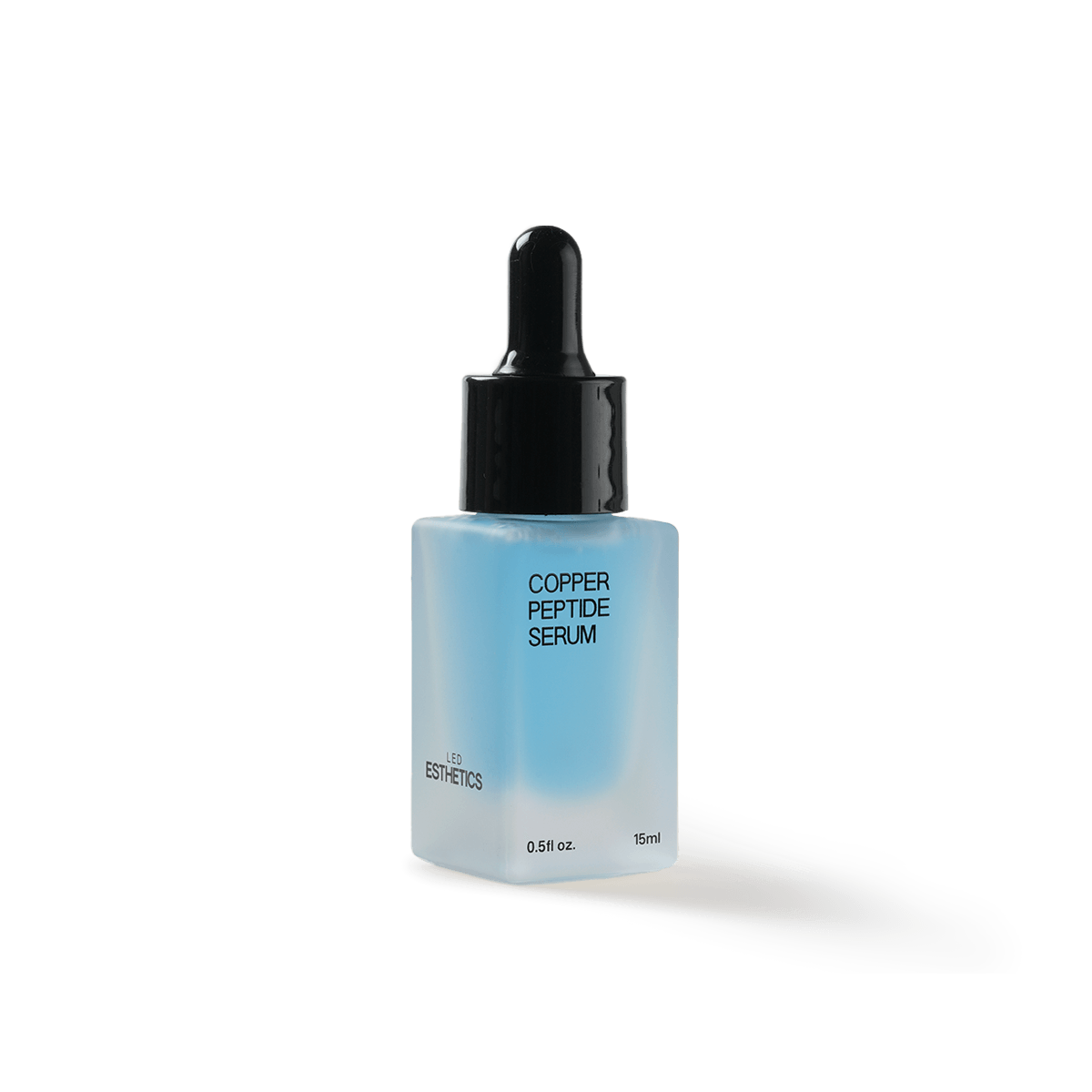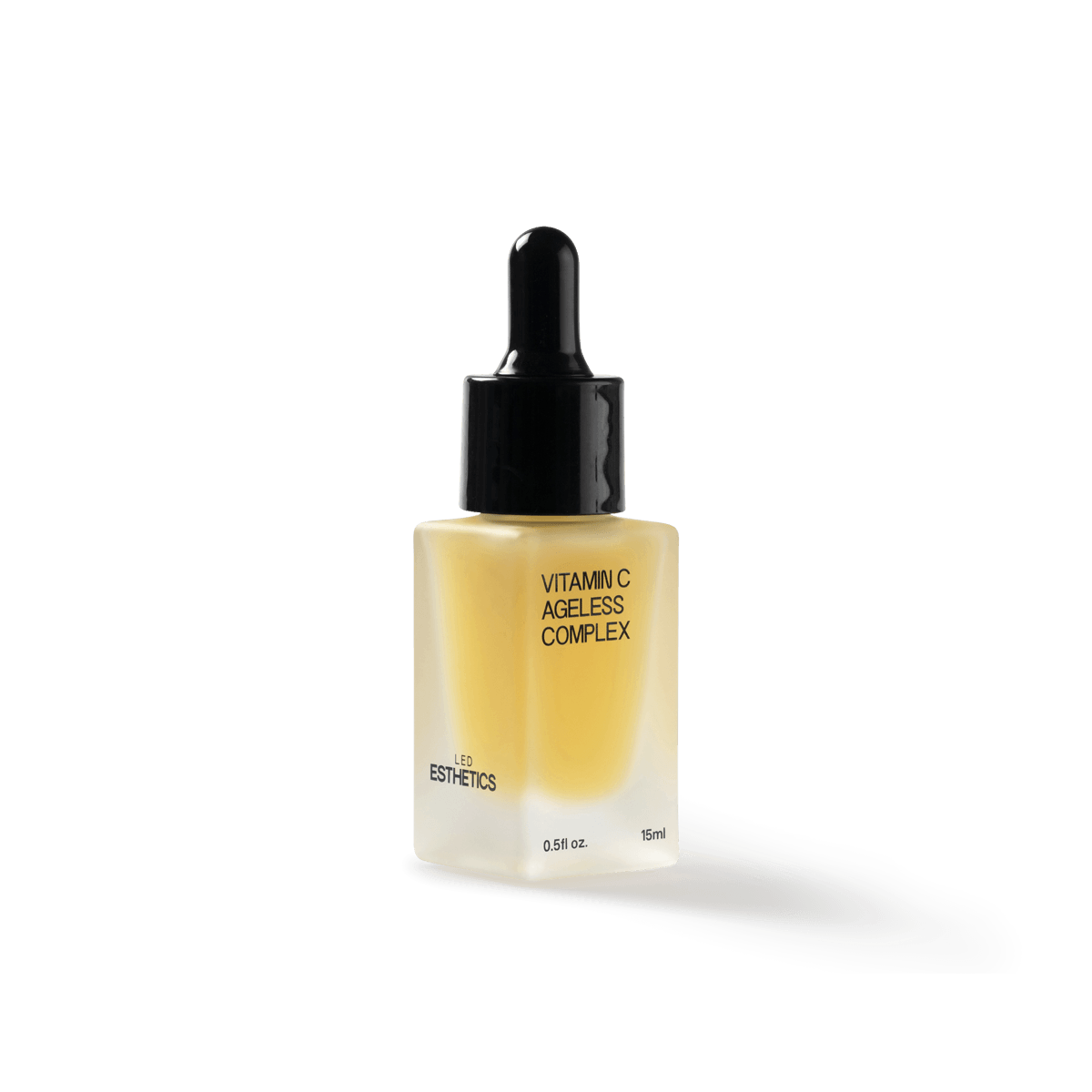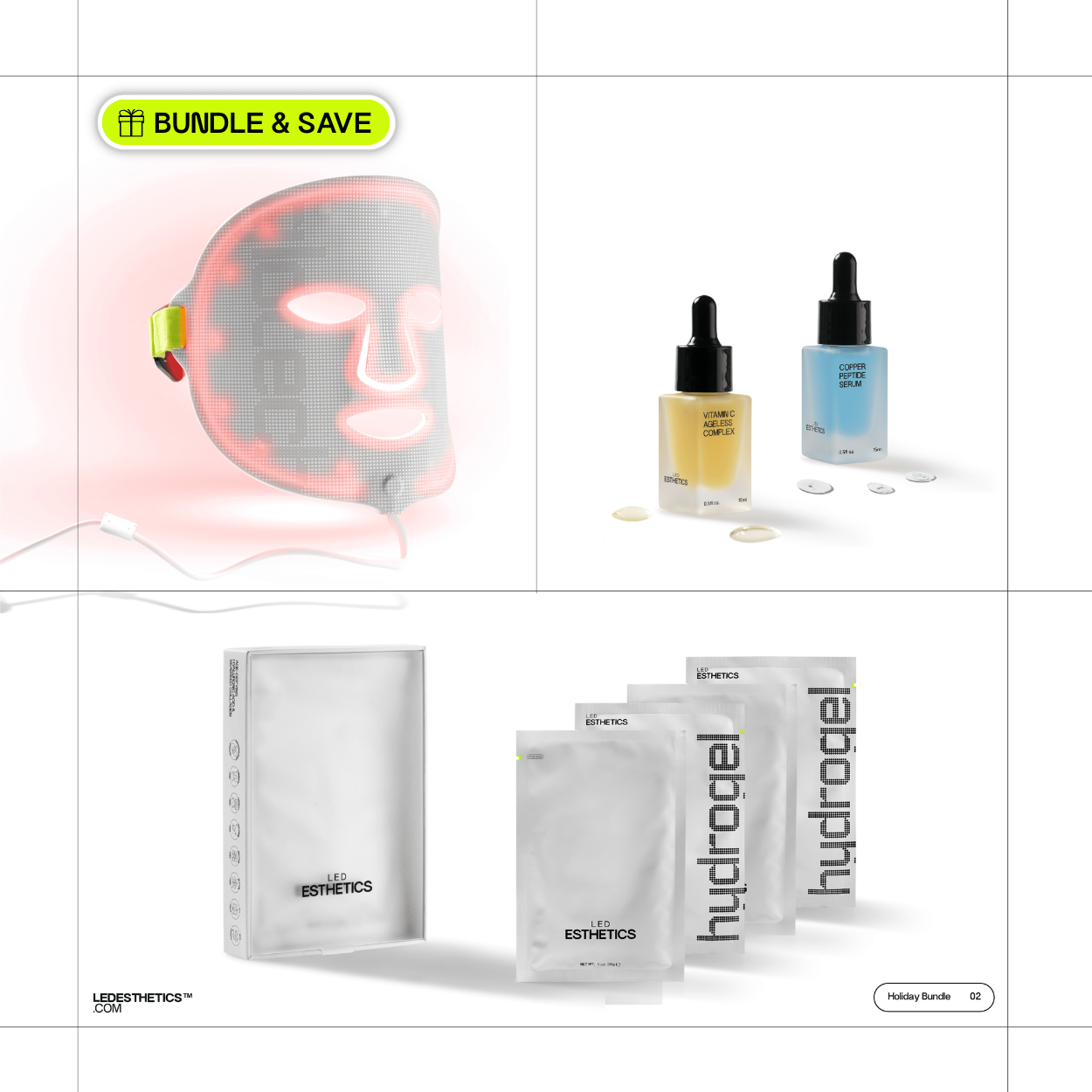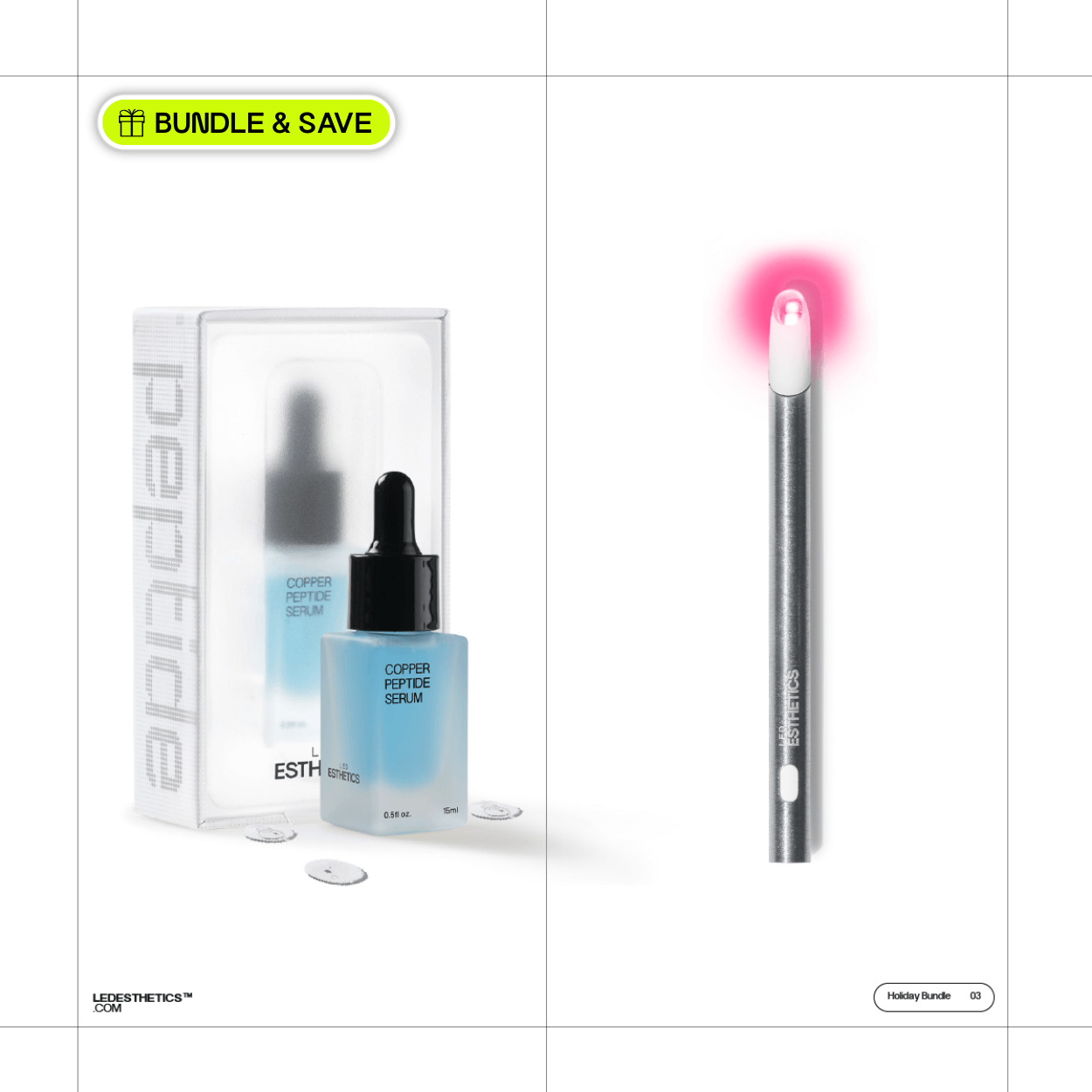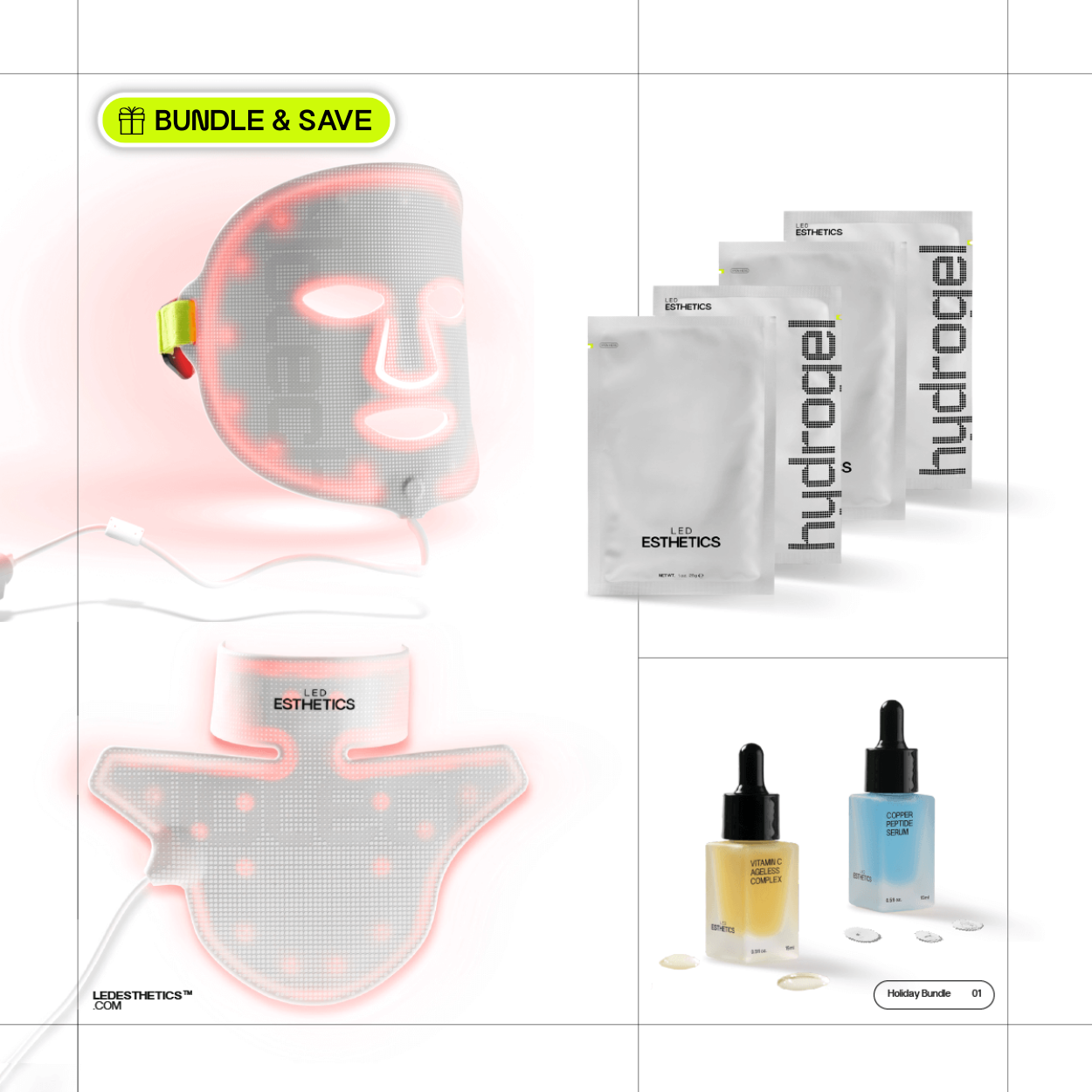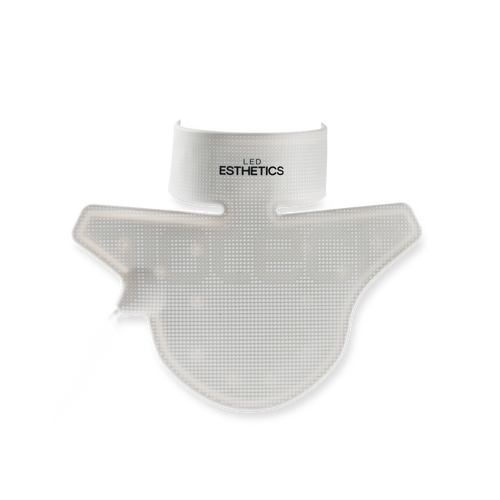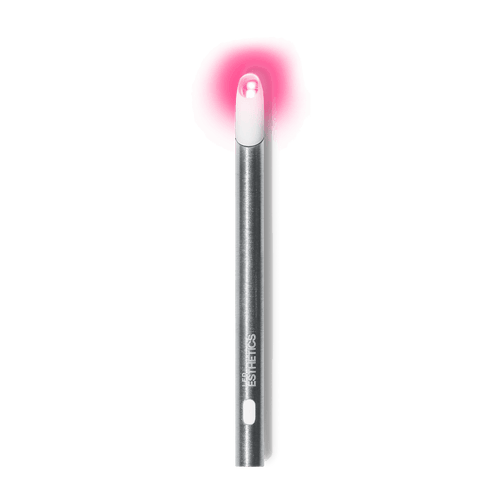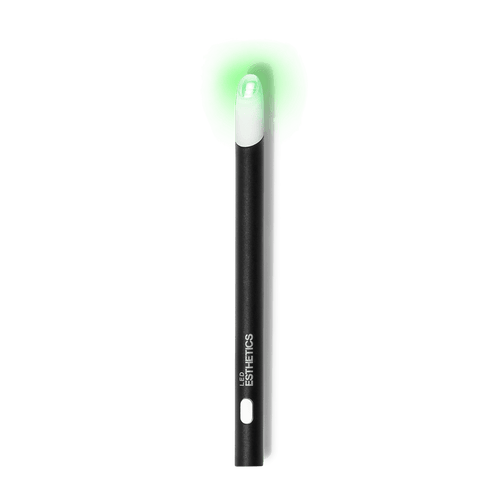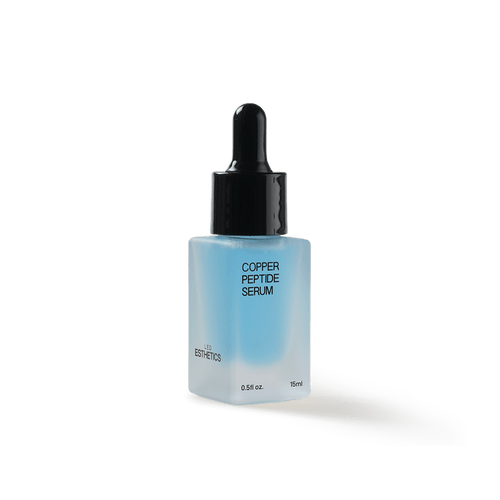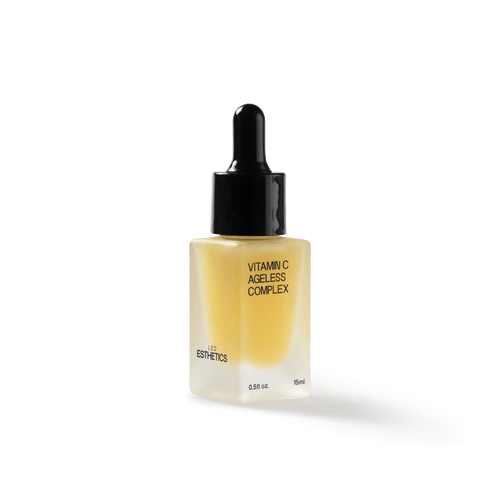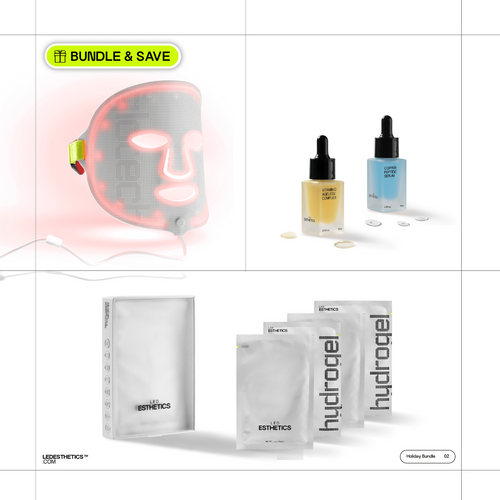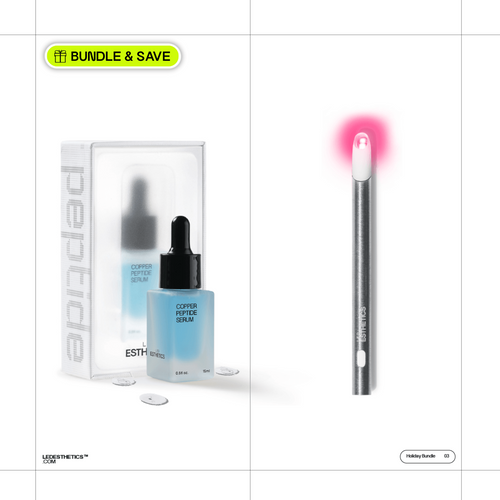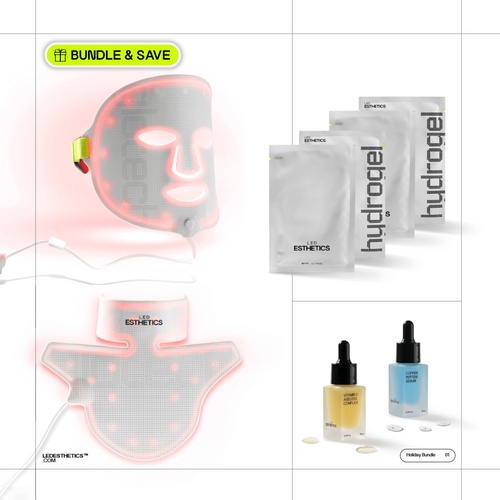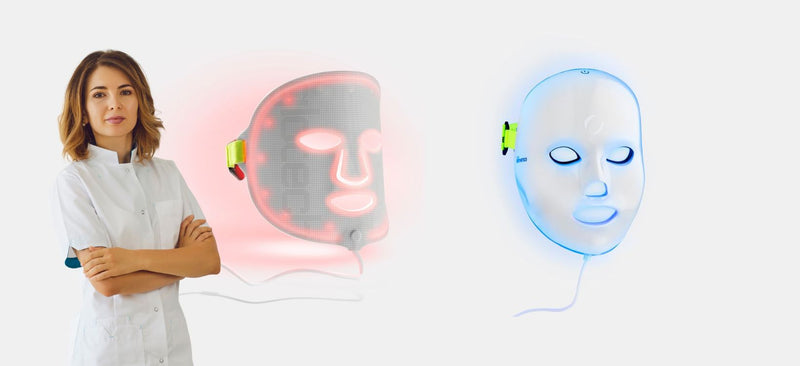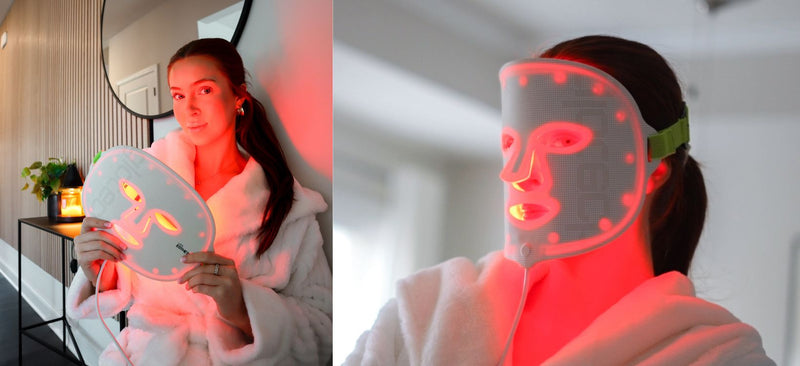
Consumers, dermatologists, and medical experts from all over the world have been debating the security and effectiveness of at-home LED light treatment. We're here to discuss the ins and outs of LED therapy, including the science behind it and why it is one of the safest skincare treatments that actually works (and bonus: no derm appointments necessary), as well as demystify any commonly perceived dangers associated with it. As with any medical or technological advancement, many questions can arise, such as "is it really legit?" and "is this safe to use outside of a clinic?
Firstly, what is LED therapy and what are it’s benefits?
As a result of the fact that it's so significant and we feel so strongly about it that we could go on and on, we'll devote an entire blog entry to this issue. Read: How does LED therapy work
Light Emitting Diodes are referred to as LEDs. These are the tiny light bulbs you can see on a light treatment device's back; according on the wavelength they emit, they can penetrate different layers of your skin. This light is absorbed by the cells to start a series of metabolic processes that naturally give rise to better, clearer skin.
Like the science class you didn't pay attention to, the process is similar to how a plant absorbs light for growth.
Myth: LED Therapy is dangerous
LED light therapy is not harmful, no. Furthermore, LED light therapy DOES NOT produce UV rays. Not all at-home LED gadgets are made equal, as Part 1 of this Safety blog series explained, therefore it's crucial to conduct study before stepping into the world of LEDs.

Myth: LED therapy causes cancer
No. UV rays, radiation, heat, and radiation are all absent from LED light therapy (UV). It does not carry the hazards associated with UV rays, such as skin damage, wrinkles, and some types of cancer. LED light therapy devices are not the same as tanning beds, despite the fact that they may physically resemble one another.

Myth: LED light therapy increases pigmentation or exacerbates melasma
Red light has been found to reduce pigmentation rather than increase it at the proper wavelengths (630 nm). The pigmentation itself shouldn't darken, although it's possible that some existing pigmentation will appear darker when the surrounding skin lightens. Read: Benefits of Red light therapy
Melasma is a hormonal disorder, so treating it is frequently challenging. However, some investigations have suggested that red and near-infrared light can help improve melasma. Since LED light treatment doesn't produce heat, it shouldn't exacerbate already-existing melasma. A small number of our consumers have experienced improvements in their melasma after using their Contour devices, despite the fact that our devices have not been particularly evaluated for melasma reduction.
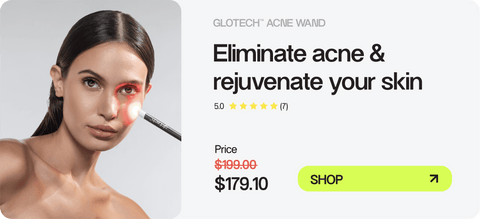
You can use Mask & Glo in the comfort of your home to look and feel your very best from the inside out now that you are aware of the safety and science of LED light therapy.



